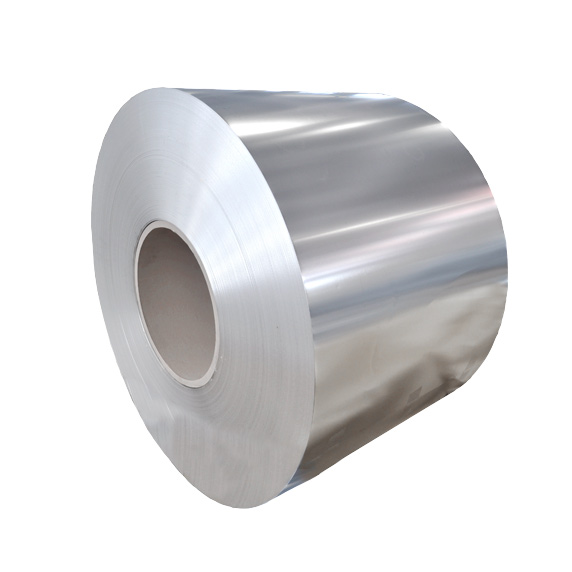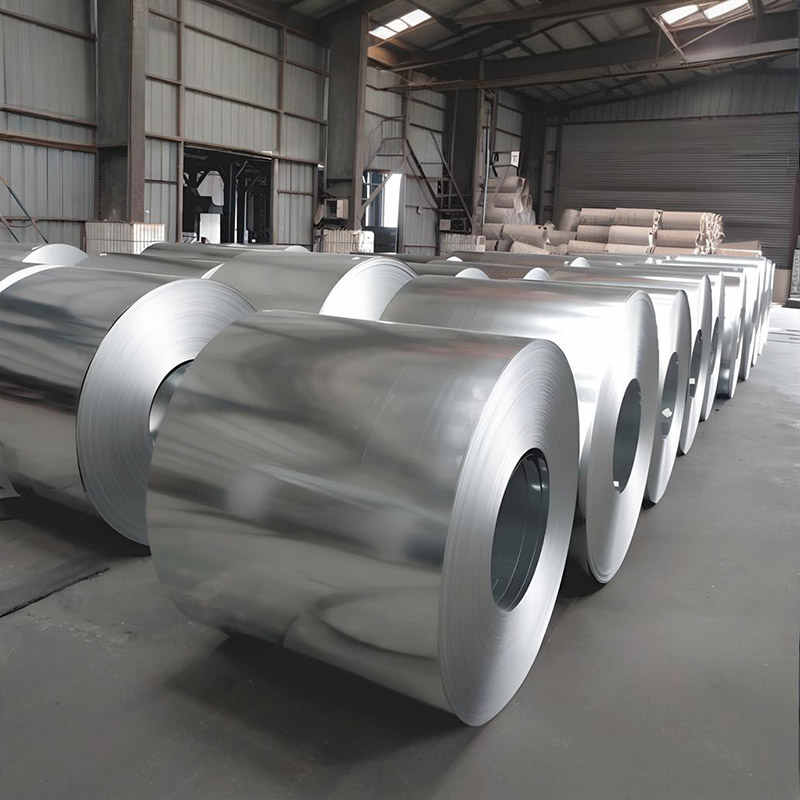In today’s rapidly evolving industrial landscape, materials that offer enhanced performance while maintaining cost-effectiveness are highly sought after. One such material gaining significant attention is differential coated tinned strip. But what exactly makes this material so valuable across various industries?
Differential coated tinned strip is a specialized metal product that combines the excellent conductivity of copper or steel with a precisely applied tin coating that varies in thickness across the strip’s surface. This differential coating application is achieved through advanced electroplating techniques that allow for controlled tin deposition. The result is a material that offers superior performance characteristics compared to uniformly coated alternatives.
The primary benefits of differential coated tinned strip are multifaceted. First, the variable coating thickness optimizes material usage, reducing overall costs without compromising performance. Areas requiring maximum conductivity receive thicker tin layers, while less critical regions have thinner coatings. Additionally, this coating method significantly enhances corrosion resistance, extending the product’s lifespan in harsh environments. The improved thermal management properties make it particularly valuable for high-heat applications.
Industries ranging from automotive to electronics have embraced this technology. In the automotive sector, differential coated tinned strips are essential for battery connectors and electronic control units, where reliability and space efficiency are paramount. The electronics industry utilizes these strips for circuit boards and connectors, benefiting from the superior electrical contact and solderability. Renewable energy systems, particularly solar panel manufacturing, have also found these strips invaluable due to their durability and efficiency in energy transmission.
When compared to traditional tinning methods, differential coating offers substantial advantages. Traditional uniform coating often leads to material waste in areas where excessive tin provides no additional benefit. The precision of differential coating eliminates this issue while providing enhanced performance where it matters most. This targeted approach also reduces the overall weight of components, a critical factor in modern lightweight manufacturing.
The future of differential coated tinned strip looks promising, with ongoing research focused on developing nano-scale differential coatings that could further enhance performance characteristics. As industries continue to demand more efficient, durable, and cost-effective materials, differential coated tinned strip is poised to play an increasingly vital role in technological advancement across multiple sectors.



